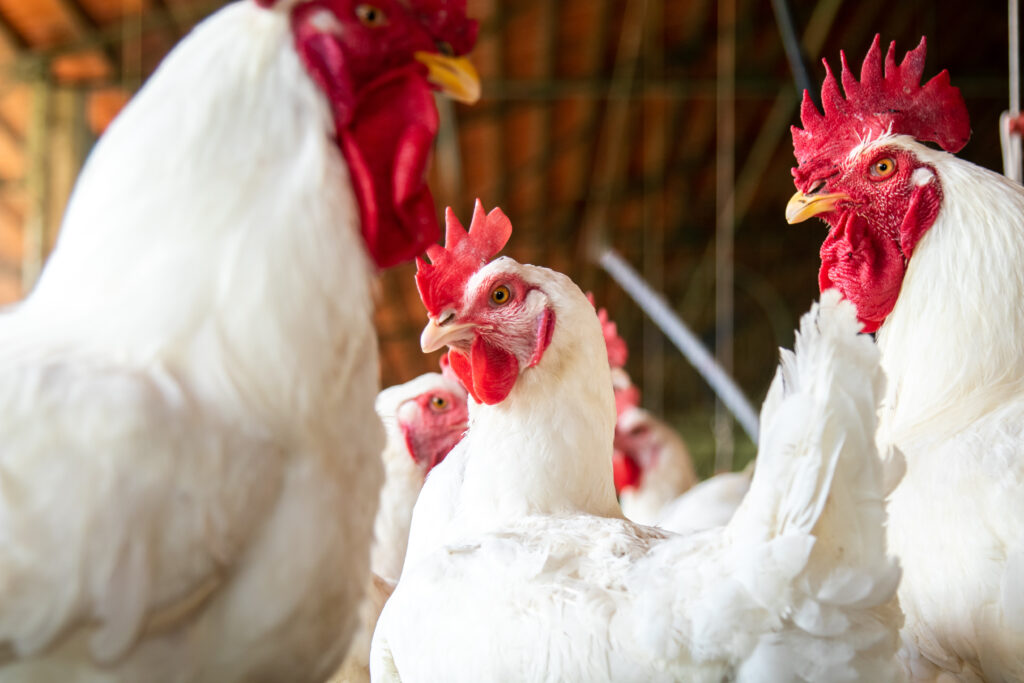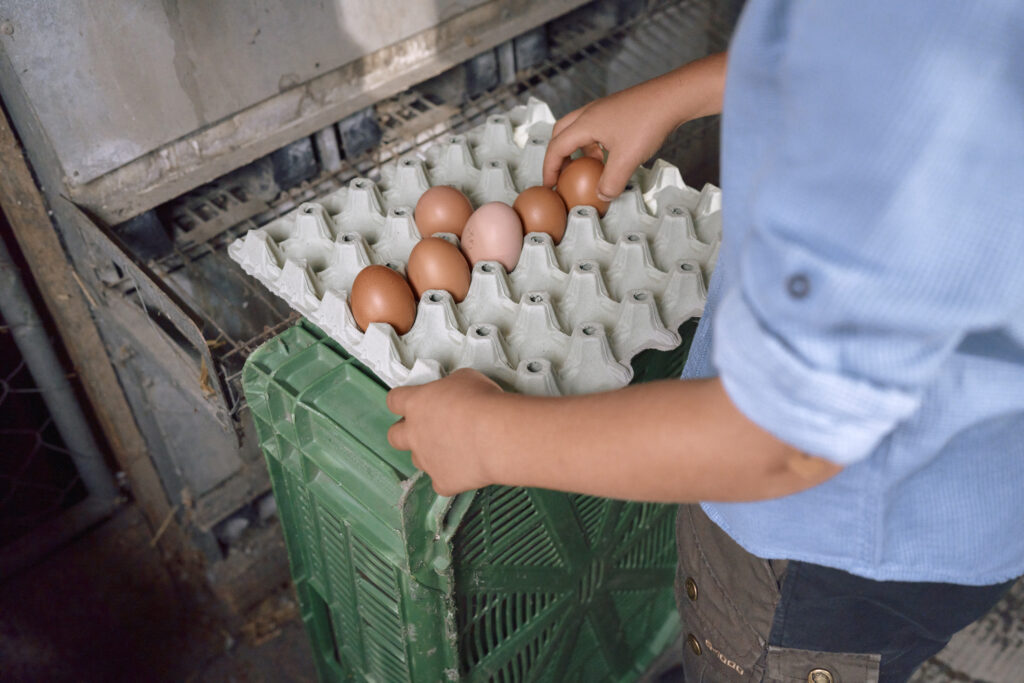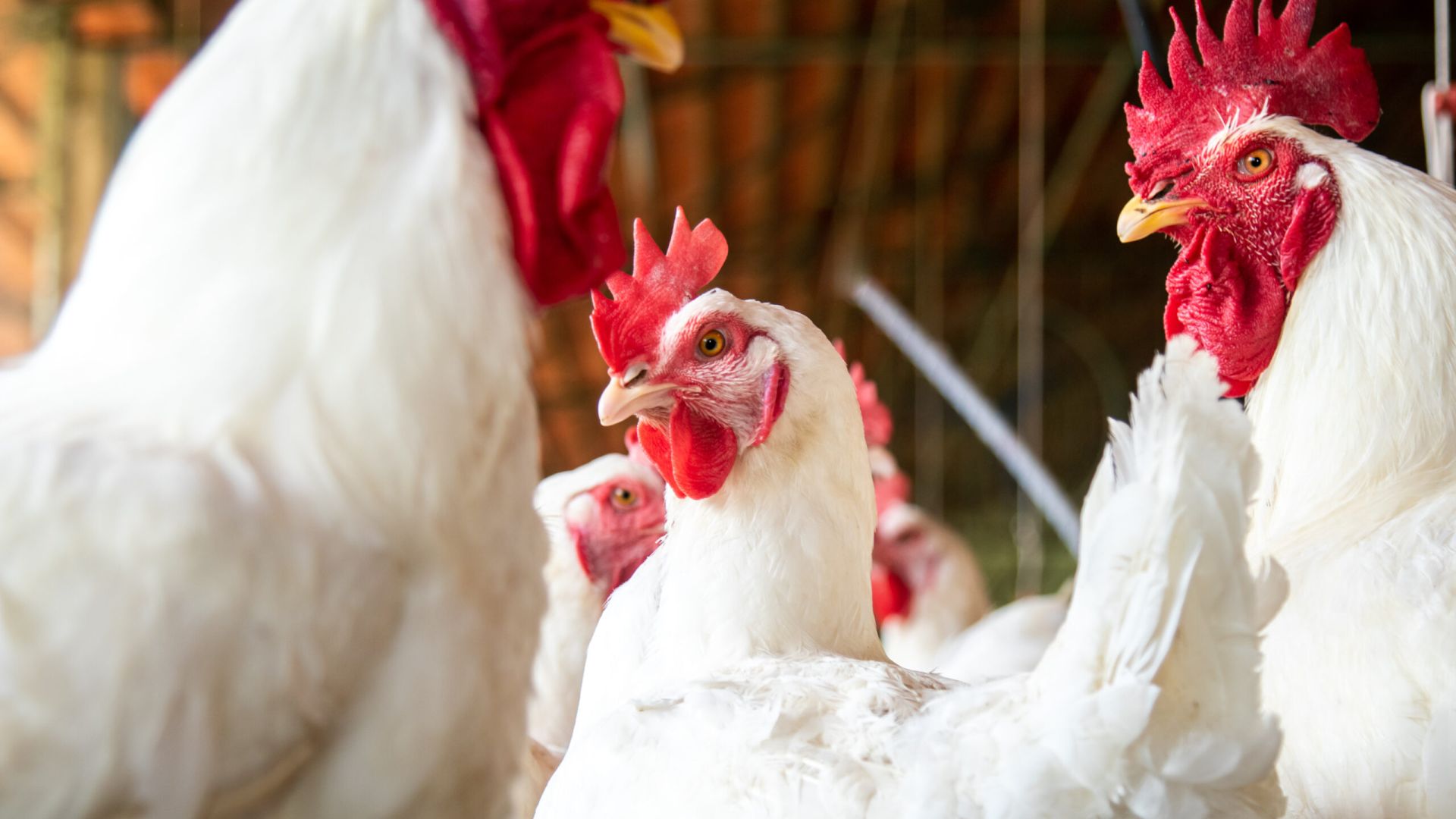Avian Influenza (AI) is emerging as a potential crisis, with recent reports confirming three active H5N1 cases affecting nine farmers in Tarlac, Pampanga, and Nueva Ecija.
This year, a total of 99 municipalities have reported bird flu cases, leading to outbreaks among various poultry species in Pampanga, Kalinga, Nueva Ecija, Bataan, and Leyte Province. The emergence of highly pathogenic H5N1 avian influenza threatens human and animal health, as well as the country’s poultry production and livelihood.

Recognizing the urgency of this issue, the German-Philippine Chamber of Commerce and Industry (GPCCI) and Boehringer Ingelheim (Philippines), Inc. organized a roundtable discussion on “The Urgency of Vaccines in Preventing Avian Influenza in the Philippines.” The event brought together experts from the Bureau of Animal Industry (BAI), the Food and Drug Administration (FDA), and the Department of Agriculture (DA) to discuss the vital role of vaccination, the current state of AI prevention efforts, and the challenges of implementing sustainable disease control strategies.
“With the increasing threat of avian influenza, Boehringer Ingelheim underscores the urgent need for robust biosecurity measures. We must take immediate action to effectively control the spread of the disease and safeguard both the agricultural sector and public health,” said Raul Senedrin, Head of Business Segment – Poultry at Boehringer Ingelheim Animal Health Philippines, Inc.
Protecting Livelihoods: The Threat of Bird Flu in the Poultry Sector
The poultry sector is a vital component of the Philippine economy, valued at Php 68.76 billion value, providing livelihoods and contributing to the country’s agricultural production.

As poultry demand rises, the sector confronts significant challenges due to the increasing risk of bird flu. A broiler breeder chicken farm in Leyte Province experienced an outbreak, resulting in 4,475 casualties from a flock of 60,259 birds.
In support of the industry, Boehringer Ingelheim donated Avian Influenza test kits in 2023 to trade and partner stakeholders in Luzon and Mindanao as part of the surveillance efforts to track the presence of the disease.
On 12 August 2024, the Food and Agriculture Organization issued a regional alert highlighting the persistent threat of bird flu to the poultry industry, warning that the ongoing outbreaks could drive up production costs, increase consumer prices, and cause potential supply shortages.
“The poultry industry plays a vital role in ensuring stable food supply and supporting the economic sustainability of rural communities in the Philippines. Through this roundtable, GPCCI helped identify forward-looking solutions, and we remain committed to fostering continued collaboration to strengthen the sector’s resilience against Avian Influenza,” said GPCCI President Marie Antoinette Mariano.
Safeguarding Farmers from Rising Public Health Risks
Avian Influenza, also known as bird flu, primarily spreads among poultry, waterfowls such as ducks and geese, and livestock, increasing the risk of exposure for poultry workers and farmers.
This viral exposure has led to 887 H5N1 infections and 462 fatalities in humans from 2003 to April 14, 2024, with the majority occurring in Asia and Africa. Previous infections have led to complications such as conjunctivitis, gastrointestinal symptoms, encephalitis (brain inflammation) and encephalopathy.
The World Health Organization warns that the virus may mutate to become more contagious among humans, heightening public health concerns. These warning signs indicate that avian influenza could escalate into an emergency, potentially causing severe economic losses, undermining food security, and posing significant public health risks nationwide.
The escalating threat of Avian Influenza calls for an urgent, coordinated response among stakeholders, including government agencies, health organizations, and the agricultural sector, to safeguard communities and mitigate the impact of Avian Influenza. Prioritizing vaccination and health monitoring mitigates risks, sustains livelihoods, and prevents potential pandemics.
“Germany is continuing to support the Philippines’ effort to fight Avian Influenza. Germany and the Philippines share a long history of exchange in the fields of public health, food security, international trade as well as the support of livelihoods in the Philippines, says Dr. David Klebs, Economic Counsellor of the Germany Embassy Manila. “German businesses like Boehringer may provide a suitable solution to Avian Influenza making available scientific-based solutions to the Philippines.”
Safeguard health, livelihoods, and poultry production. Learn more about AI vaccination and disease prevention in the GPCCI white paper: https://philippinen.ahk.de/en/info-hub/news/2025/white-paper-the-state-of-the-avian-influenza-vaccine-in-the-philippines.
___________.
1Bureau of Animal Industry. Avian Influenza Status Update as of 20 September 2024. 2https://www.bai.gov.ph/stakeholders?Rep=Avian%20Influenza.
East Asian – Australasian Flyway. Updates of Avian Influenza situation by FAO/EMPRES-AH (Mar 2024–Jun 2024). https://eaaflyway.net/avianinfluenza_2024mar-jun/. Accessed September 24, 2024.
3World Organisation for Animal Health. Avian Influenza. https://www.woah.org/en/disease/avian-influenza/. Accessed September 25, 2024.
4World Organisation for Animal Health. Avian Influenza Protection Program Philippines. https://rr-asia.woah.org/app/uploads/2024/08/S1.M04_Philippines.pdf. Accessed September 24, 2024.
5PCAARRD. 2024 Chicken Supply and Price Trends, Impact of ASF on Chicken Prices, Challenges from High Humidity, and Initiatives against Bird Flu.https://ispweb.pcaarrd.dost.gov.ph/2024-chicken-supply-and-price-trends-impact-of-asf-on-chicken-prices-challenges-from-high-humidity-and-initiatives-against-bird-flu/
7PCAARRD. 2024 Chicken Supply and Price Trends, Impact of ASF on Chicken Prices, Challenges from High Humidity, and Initiatives against Bird Flu.https://ispweb.pcaarrd.dost.gov.ph/2024-chicken-supply-and-price-trends-impact-of-asf-on-chicken-prices-challenges-from-high-humidity-and-initiatives-against-bird-flu/. Accessed September 26, 2024.
8Cleveland Clinic. Bird Flu (Avian Influenza). https://my.clevelandclinic.org/health/diseases/22401-bird-flu. Accessed September 24, 2024.
9MSD Veterinary Manual. Avian Influenza in Poultry and Wild Birds. https://www.msdvetmanual.com/poultry/avian-influenza-in-poultry-and-wild-birds/avian-influenza-in-poultry-and-wild-birds. Accessed September 24, 2024.
10BusinessWorld. The threat of an H5N1 avian flu pandemic. https://www.bworldonline.com/opinion/2024/08/19/614651/the-threat-of-an-h5n1-avian-flu-pandemic/. Accessed September 24, 2024.
11World Health Organization. Avian Influenza Surveillance. https://www.who.int/westernpacific/wpro-emergencies/surveillance/avian-influenza. Accessed September 24, 2024.
12National Library of Medicine. The Bird Flu: A New Emerging Pandemic Threat And Its Pharmacological Intervention. https://www.ncbi.nlm.nih.gov/pmc/articles/PMC3068632/. Accessed October 3, 2024.
13World Organisation for Animal Health. Avian Influenza. https://www.woah.org/en/disease/avian-influenza/. Accessed September 25, 2024.




